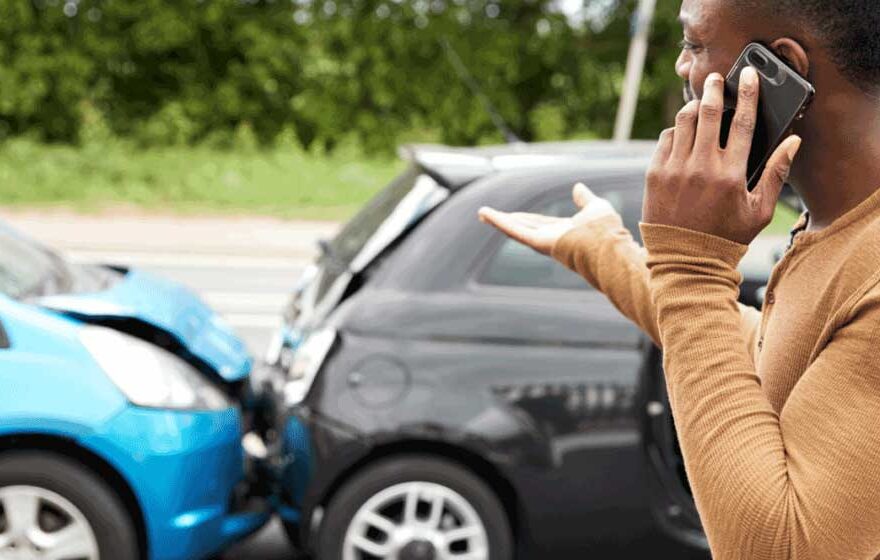How Multiple Drivers Can Be Liable in Complex Car Accidents

Car accidents are rarely straightforward. In many cases, more than one driver contributes to the crash, making it difficult to determine who is truly at fault. These types of incidents—often referred to as “multi-vehicle” or “chain-reaction” accidents—can quickly become complicated from a legal standpoint.
Understanding how multiple drivers can be held liable is key if you’re ever involved in such a situation. That’s why it’s crucial to get help with car accident injury claims as early as possible to protect your rights and ensure you receive fair compensation.
Here’s a closer look at how liability works when multiple drivers are involved.
Shared Responsibility Is Common
In a multi-car collision, it’s not unusual for responsibility to be divided among several parties. For example, one driver may have been speeding, another may have been distracted, and a third may have followed too closely. When all of these factors contribute to a crash, each driver may be assigned a percentage of the blame. This is known as comparative negligence, and it plays a major role in how compensation is awarded.
How Comparative Negligence Works
Most states, including New York, follow a comparative negligence rule. This means you can still recover damages even if you were partially at fault—as long as you weren’t 100% responsible. However, your compensation will be reduced by your percentage of fault. For instance, if you’re awarded $100,000 but found to be 20% at fault, you’d receive $80,000. This system makes it essential to properly identify and prove how much fault lies with each party.
Chain-Reaction Accidents and Rear-End Collisions
One of the most common examples of multiple-driver liability is the chain-reaction crash. Let’s say Driver A suddenly slams on the brakes, Driver B rear-ends them, and then Driver C hits Driver B. In this scenario, it might seem like Driver C is entirely at fault for hitting the car in front—but if Driver B was following too closely or not paying attention, they might share some of the blame. Investigators will examine each vehicle’s actions to determine fault.
The Role of Evidence
When multiple drivers are involved, the investigation becomes more complex. Police reports, eyewitness accounts, dash cam footage, traffic cameras, and accident reconstruction experts are often used to piece together what really happened. A single mistake in the early stages—like giving a statement that sounds like an admission of guilt—can affect how liability is assigned.
Insurance Companies Will Point Fingers
Each driver’s insurance company will try to minimize their policyholder’s responsibility. This can result in a long and difficult claims process, with multiple parties disputing who should pay what. Having experienced legal support can help you navigate this process, challenge unfair blame, and ensure your injuries and losses are properly valued.
Legal Representation Matters
In accidents involving multiple vehicles and drivers, it’s not just about proving someone else was at fault—it’s about proving how much each party contributed to the crash. An attorney can gather evidence, work with accident reconstruction experts, and negotiate with multiple insurance companies on your behalf. This is especially important when medical bills, lost wages, and other damages are on the line.
Final Thoughts
Multi-vehicle accidents are complex, often involving a tangled web of driver behaviors, road conditions, and conflicting stories. When more than one driver is responsible, it takes a thorough investigation and a clear legal strategy to determine who should be held accountable—and to what extent. Don’t let confusion or finger-pointing stop you from getting the compensation you deserve. The right support can make all the difference.


